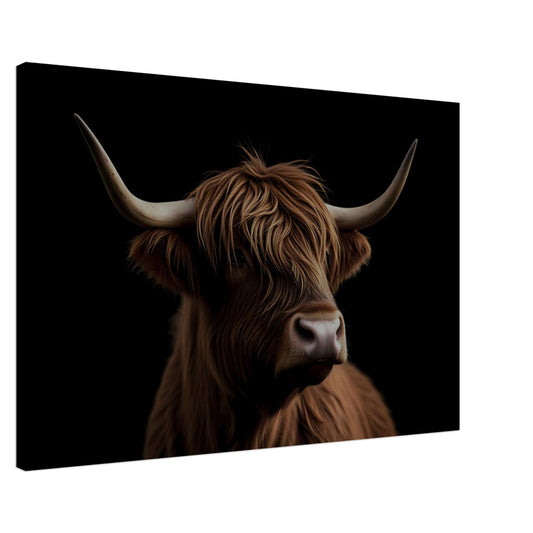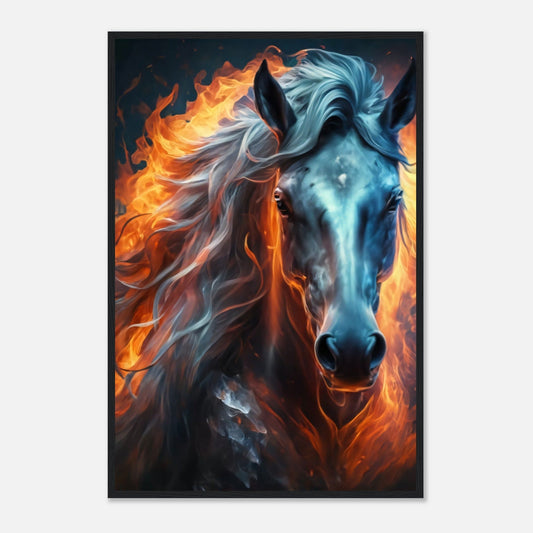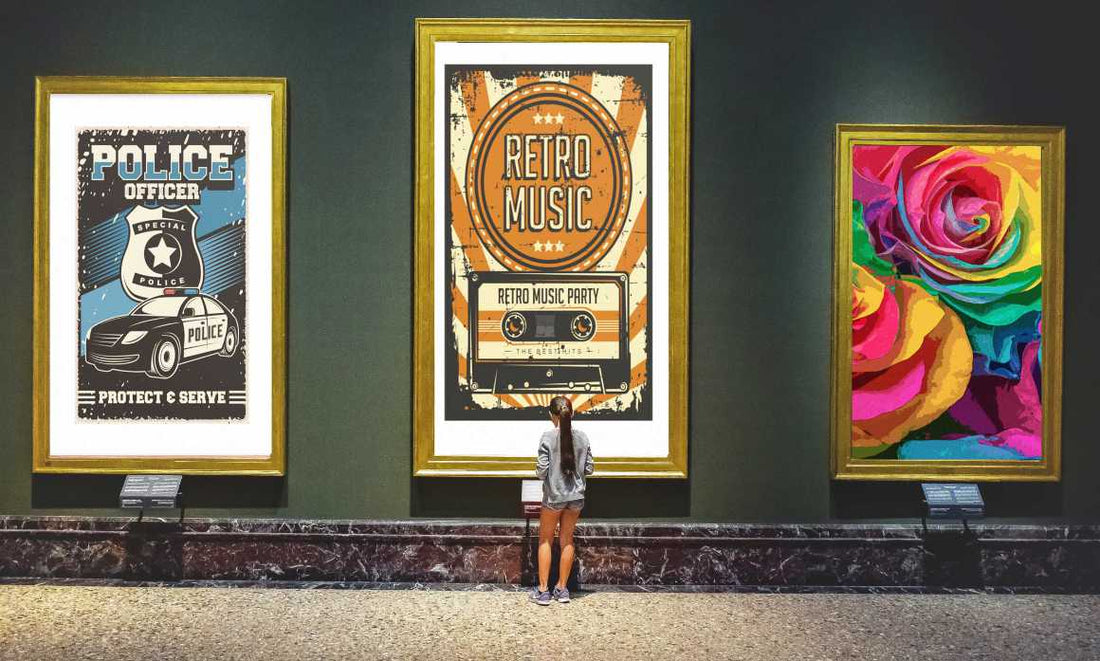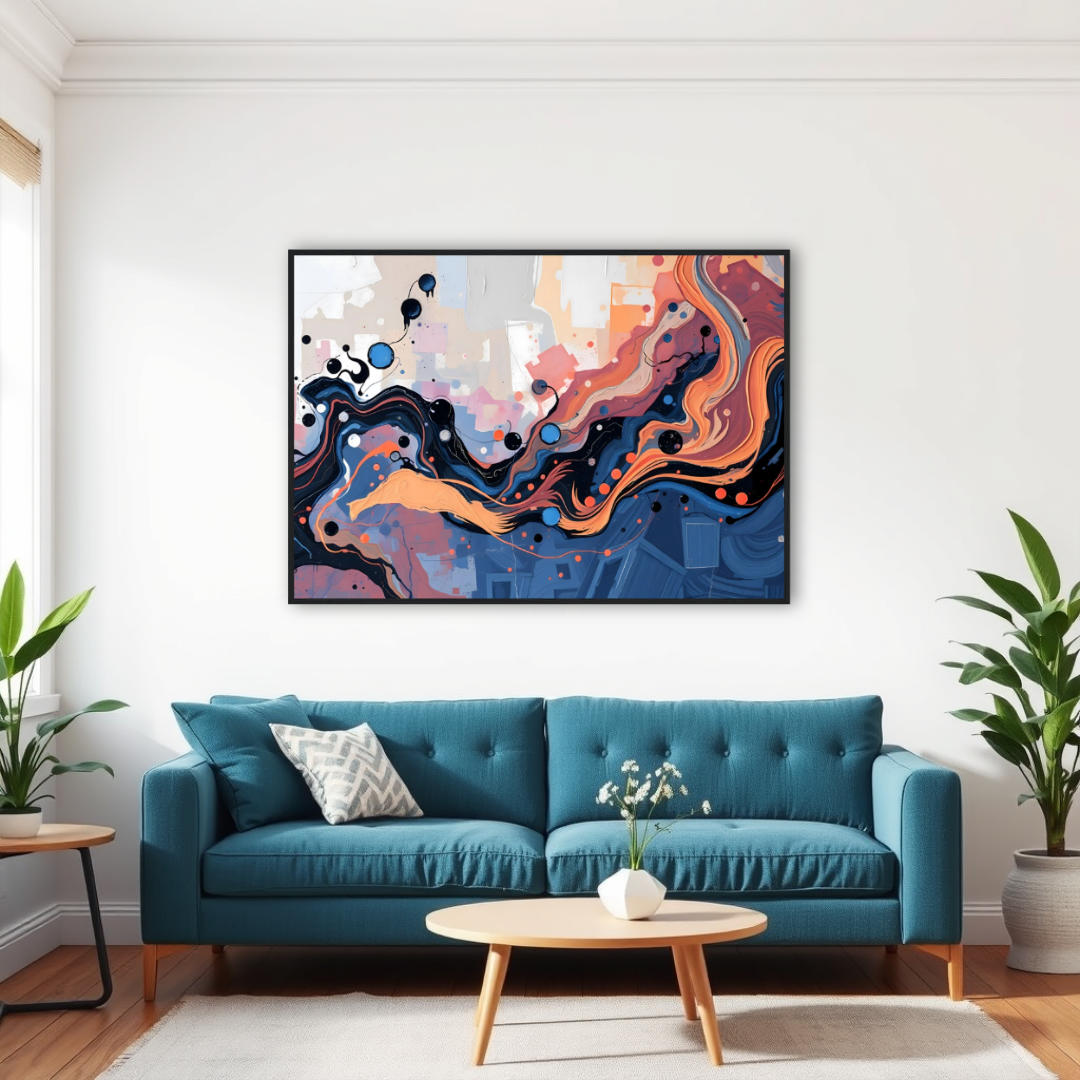Art has the power to breathe life into your living spaces, transforming them into captivating and personalized environments. Whether you're a seasoned art collector or just starting your journey, arranging your art collection thoughtfully can make a significant impact on the overall aesthetic and ambiance of your home. In this blog post, we'll delve into some essential tips and tricks for arranging your art collection, ensuring that every piece finds its perfect place in your space.
The Importance of Art Collection Arrangement
Arranging your art collection is not merely about putting pieces on walls or shelves; it's about creating a harmonious visual narrative. Proper arrangement enhances the viewer's experience, allowing them to engage with the artworks on a deeper level. Thoughtful placement can also highlight specific pieces or draw attention to significant themes within your collection.
Assessing Your Art Collection
Before diving into arranging your art, take some time to assess your collection as a whole. Consider the themes, styles, and emotions conveyed by each artwork. Understanding the context and content of your collection will help you make informed decisions about placement.
Evaluating the Themes and Styles
Identify common themes or motifs that emerge from your art pieces. This could be anything from landscapes and abstract art to portraits or cultural influences. Grouping artworks with similar themes or styles can create compelling visual narratives.
Determining the Space and Placement
Take note of the available wall space, shelf space, and display areas in your home. Consider the size and scale of each artwork, as well as the viewing angles from various parts of the room. This evaluation will guide you in selecting the right location for each piece.
Creating a Theme or Story

Building a cohesive theme or story within your art collection can elevate its impact and create a captivating experience for viewers. The theme could be based on a specific art movement, a particular color palette, or even a personal journey that unfolds through the art pieces.
When creating a theme, start by selecting a central piece that embodies the essence of the narrative you want to convey. It could be a striking painting, a thought-provoking sculpture, or a photograph with deep emotional resonance. Once you have your centrepiece, consider the other artworks that complement and enhance its message.
Using Color Palette and Complementary Artworks
Select artworks that share a complementary color palette or style to strengthen the theme. Combining pieces with harmonious colors will visually connect different areas of your home and create a sense of flow. For instance, if your theme revolves around earthy tones and natural landscapes, choose art pieces that evoke a serene and rustic ambiance.
Incorporating Personal Touch
Integrate personal and sentimental pieces within your collection to add layers of depth to your theme. These could be artworks created by family members or artworks that hold special memories. Such additions add a touch of uniqueness and emotional significance to your collection, making it even more meaningful to you and your guests.
Proper Lighting and Framing
Lighting plays a vital role in accentuating the beauty of your art collection. Proper lighting not only ensures visibility but also enhances the colors and textures of the artworks.
Hanging and Display Techniques
The way you hang or display your artworks can greatly impact their visual impact. Consider these techniques:
Gallery Wall Arrangements
Create a stunning gallery wall by arranging multiple artworks together. Experiment with different layouts before hanging the pieces. You can opt for a symmetrical arrangement for a sense of balance, or an asymmetrical placement for a more dynamic and creative display.
Statement Pieces as Focal Points
Choose a couple of statement pieces to act as focal points in your space. These striking artworks will draw immediate attention and set the tone for the entire collection.
Dealing with Different Art Mediums

Each art medium has unique display requirements. Paintings, photographs, sculptures, and textiles all require specific considerations for optimal presentation and preservation.
Maintaining and Preserving Your Collection
Regular maintenance and care are essential for preserving the longevity and beauty of your art collection. Follow proper cleaning and preservation techniques for each type of artwork.
The Role of Art in Home Staging and Interior Design
Art plays a crucial role in home staging and interior design. Learn how to use art strategically to enhance the overall appeal of your living spaces.
Tips for Art Shopping and Collection Expansion
When expanding your art collection, consider factors such as authenticity, artist reputation, and art market trends. Make informed decisions to curate a collection that reflects your taste and values.
Attend local art fairs and student exhibitions to discover emerging artists and affordable yet impressive artworks. Explore online art marketplaces and galleries to access a wide selection of pieces from artists worldwide. Take your time to research and connect with artists whose work resonates with you, and consider investing in their creations.
Conclusion
Arranging your art collection is a creative journey that requires thoughtful consideration of themes, styles, and space. By employing the tips and tricks discussed in this article, you can curate a visually stunning and emotionally resonant art collection that transforms your living spaces into a true reflection of yourself.
FAQs
1. How should I arrange my art if I have limited wall space?
Consider using shelves and ledges to display smaller artworks and rotate them regularly to keep the display fresh.
2. Can I mix different art styles in my collection?
Yes, mixing different art styles can create an eclectic and visually engaging collection. Just ensure there's a sense of harmony and balance.
3. What kind of lighting is best for showcasing art?
LED track lighting or adjustable spotlights are great choices as they allow you to direct light precisely onto the artworks.
4. How often should I clean my art pieces?
It's best to dust your artworks gently every few weeks using a soft, clean cloth. For more delicate pieces, consult a professional art conservator.
5. What are some budget-friendly ways to expand my art collection?
Consider attending local art fairs, student exhibitions, and online art marketplaces for affordable yet impressive artworks.






